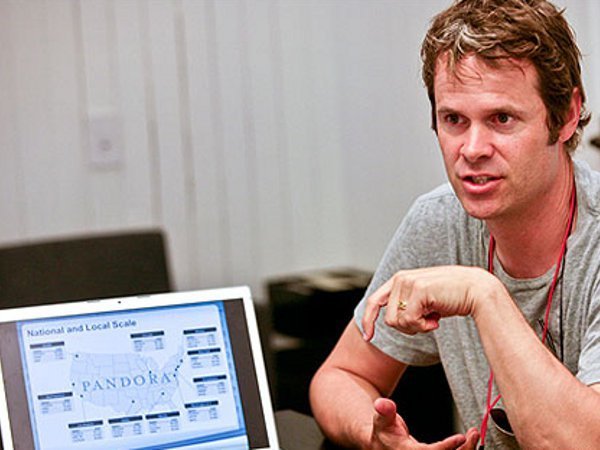

Pandora started trading publicly Tuesday night, raising $234.9 million after pricing shares at $16 a share—nearly double the original share price put forward just two weeks ago. After opening at $10 to $12, the company sold 14.7 million shares at $16 each, and the shares will hit the New York Stock Exchange Wednesday morning under the ticker symbol “P.”
The company’s share prices have been a source of controversy since it raised the price from a maximum of $9 per share to a maximum of $12 per share, leading some to question whether Pandora is truly worth $12 a share. Earlier this month, BTIG Research released a report warning investors not to buy Pandora stock at such a high price, arguing that the company’s lack of profitability and it’s uncertain future make it a shaky investment.
Specifically, BTIG noted the fact while that Pandora is relying heavily on mobile to acquire most of its new users (60% of all Pandora listening time occurs on a mobile device), its CPM is lower for mobile than it is for PCs. Users are less likely to click on advertisements from their mobile device, which means Pandora is actually making less money via mobile than it does via PCs. While Pandora hasn’t given exact numbers, BTIG estimates a $43 CPM in 2011 compared to a $20 CPM for mobile.
Some observers have also expressed concern over the fact that Pandora has yet to turn a profit, despite being in business since 2005, when Savage Beast officially became Pandora. Otherwise, the company has been losing money since 2000, when Tim Westergren founded Savage Beast as a music recommendation service for big box retailers and other large companies.
And now there’s the threat posed by other rising stars in the digital music world, such as Spotify, not to mention the efforts of major players in the tech world, like Apple and Amazon, which are working on digital music offerings of their own.
Nevertheless, Pandora maintains a pretty sizable chunk of the market, claiming 60% of all online music listeners, so the company has the advantage of an established user base.
Image source: abc.net



















